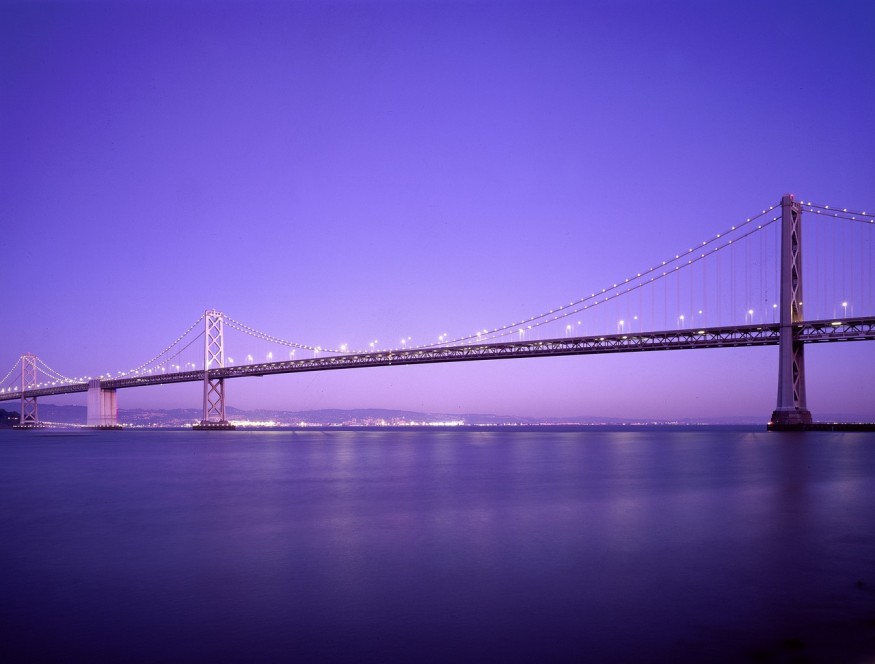Around 2,000 years ago, the Romans attempted to transport 100 elephants captured in Palermo to Rome by building a temporary bridge across the Strait of Messina using empty barrels and wooden planks, as per Greek historian Strabo. It is not clear from historical records whether they succeeded.
The idea of constructing a bridge across the strait, which is 3.2 kilometers wide and has strong currents and winds, may be closer than ever to becoming a reality. After years of political and technical discussions, the Italian government is expected to approve the construction of the world's longest suspension bridge.

Connecting Sicily to the Mainland
After over a century of planning, Italy's Messina Strait Bridge, which would connect the island of Sicily to mainland Italy, has been resurrected yet again, Wired reports.
The plan of bridging a suspension bridge between these places was first introduced in 1866 but was scrapped due to doubts about its feasibility. Since then, multiple attempts have been made to discuss it, but it only caused political issues, and so it did not happen.
The project has been canceled several times due to political opposition and cost concerns, but supporters, including Deputy PM Matteo Salvini, see it as a symbol of Italy's grandeur and a way to improve the economy in the country's struggling south. However, the project is controversial and opposed by some locals and environmental groups.
The current plan is for a 3,300-meter single-span suspension bridge, the world's longest suspension bridge by length and tallest by structural height. It would carry 6,000 road vehicles and 200 trains per day and allow naval traffic to pass beneath it.
The project has faced opposition from locals who prefer the ferry service and concerns about the impact on the environment and local economy. Despite these concerns, the project has been revived due to its symbolic and economic importance to Italy's struggling south.
The bridge has a long history of political opposition and cost concerns. The project has been canceled multiple times and is seen by some as a way for interest groups to profit from planning. Additionally, the project is seen as a way for the current government to gain political points due to its strong nationalist rhetoric.
How Does a Suspension Bridge Work?
A suspension bridge is truly a wonderful structure because of its incredible strength despite appearing fragile when viewed from a distance. According to WSDOT, suspension bridges nowadays are the world's most extended bridge type used for the longest crossings, which could range from 2,000 feet to 7,000 feet type.
The longest suspension bridge in the world today is Japan's Akashi Kaikyo Bridge, which spans up to 6,527 feet and has a total length of 12,828 feet.
The basic parts of a typical suspension bridge are the superstructure, consisting of the deck, two towers, and the main suspension cables, and the substructure, consisting of the piers in the middle of the span that support the towers and the anchorages for the cables at each end of the bridge.
The main cables stretch from one anchorage over the tops of the tower and attach to the opposite anchorage. Suspender cables connect the cables, which are compressed strands of parallel wires hauled back and forth across the ocean.
Large anchors or anchorages at both ends of the bridge act as counterweights holding the main cables' ends. The steel cables are strong and flexible, making long-span suspension bridges susceptible to wind forces. Engineers take special measures to ensure "aerodynamic stability" to minimize vibration and swaying in a suspension bridge under heavy winds.
RELATED ARTICLE : San Francisco's New Bay Bridge Is Ready For The Next Earthquake
Check out more news and information on Engineering in Science Times.
© 2025 ScienceTimes.com All rights reserved. Do not reproduce without permission. The window to the world of Science Times.











